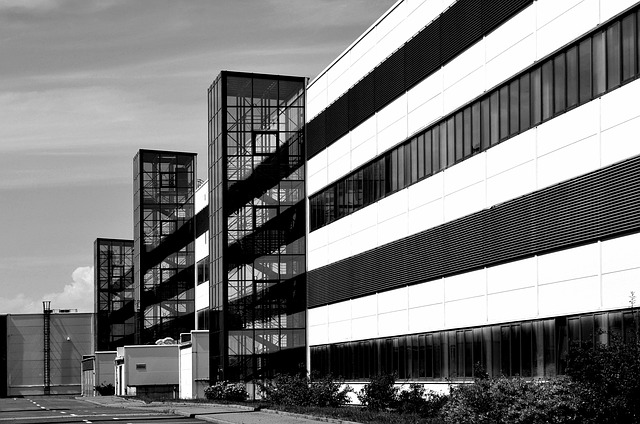When businesses attempt to manufacture new products, one of the main challenges is to develop a cost-effective way of mass producing those goods. In the early stage of a company‘s launch it might be fine to make a few products by hand, but eventually the business will need to find a way to mass produce its goods at a rapid pace. Assembly lines are the usual methods manufacturers will employ, though they come with both advantages and disadvantages.
Specialization
Assembly lines have a sequence of workers and/or machines that are given the job of performing just one, or sometimes multiple but closely-related tasks in a product’s assembly stage. The biggest benefit of this is that workers and machines can be trained to specialize at a specific task, therefore boosting productivity. This ensures that larger assembly lines can effectively mass produce all manner of goods in a much faster time than if a single worker performed every task. Assembly line’s high productivity also results in a lower cost per each unit produced than in other manufacturing methods.
Uniform production
The second major benefit of assembly lines is that the regimented system of manufacturing items ensures a uniform product. The products made will not show any major variations, and if they do these are usually defective items that are not shipped out. If one worker created an entire good scratch, his product might be significantly different from the goods produced by another employee.
Another major advantage of assembly lines is that the total cost of production per unit is massively reduced.
Initial set up
Unfortunately, assembly lines have a high initial setup cost. Assembly line machines often have to be built to unique specifications, and this can be very costly and difficult to finance. In addition, assembly lines also demand a significant amount of floor space, which means renting or constructing a factory. As such, assembly lines will need to ramp up production and sales enough that the initial expense of setting it up can be recouped within good time.
Flexibility
Companies can be less “flexible” when they invest in assembly lines as it means they’re geared only to produce specific product types in large quantities. This makes it difficult to switch to making different kinds of products, and often involves retraining workers and purchasing new machines or heavily adapting current ones. environment can be costly and might require additional training and the purchase of new machinery.
The main target to find the right packaging machine, for your product, is to find the right supplier. SIAT has for more than 40 years been helping their customers optimizing the packaging process.
